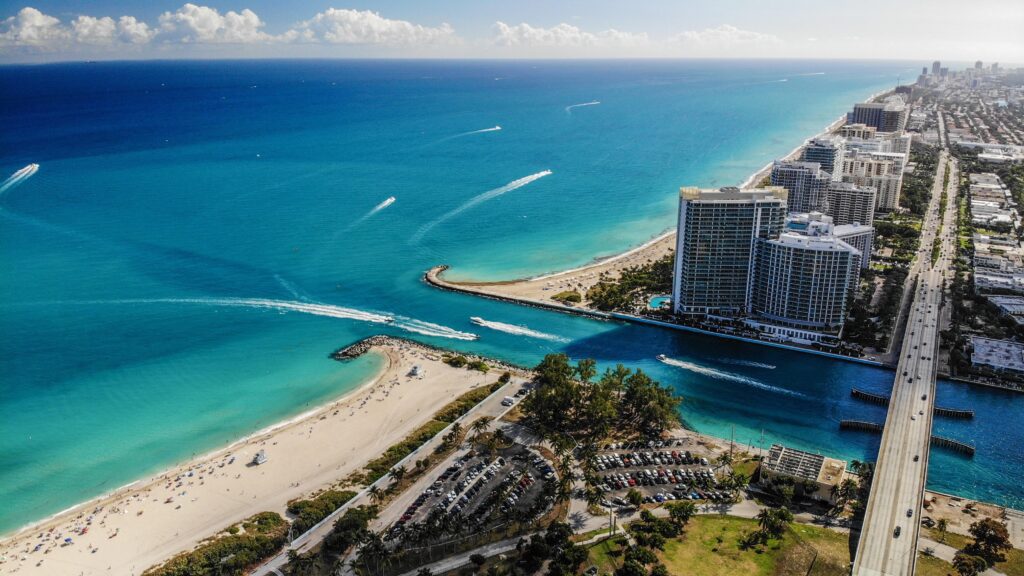The History Of Haulover

Haulover History
The inlet: Baker’s Haulover Inlet has been known as a treacherous place for more than 20 years–and that’s merely because that’s when word officially began to spread among those who had disastrous results, like cracked hulls or people overboard.
The inlet was dug out in 1925 to connect the Atlantic with Biscayne Bay; it is the only inlet between Government Cut and Port Everglades. Due to the constant shoaling and extremely powerful current in the area, a decent amount of local and boating knowledge is needed to safely traverse the pass.
Haulover Inlet is also home to the infamous Baker’s jetty, a beloved stretch of stone that allows pedestrians to come up close and personal with the beautiful Atlantic and watch the marine vessels pass. Within the water is the Haulover Inlet sandbar, a premium destination for both tourists and locals to anchor and spend time amongst each other.
The park: Haulover Park finds itself nestled between the cities of Bal Harbour and Sunny Isles. Haulover is home to both an official nude beach and a traditional one, a marina, recreational skate park and dog park. The beachfront property of Haulover was acquired by Miami Dade in 1940; construction on what would now be known as the iconic area was haulted in 1941 due to World War II. In 1945 construction continued, adding five underpasses that would then allow pedestrian access.
The man: Baker’s Haulover is named after Philip Edward Baker (1832-1898), a sponge fisherman who frequented the shallow waters which are known as the park today. He reportedly told his crew to “carry a couple skiffs, do
some fishing, catch some turtles and come back later to the boat” after anchoring on a nearby inlet. This crew would then take to the mangrove forest in the area and cut away at the path (that day’s “haulover” took nearly 12 hours) that exists to this day. Subsequently, other fishermen found this trail vastly easier to use and navigate; thus, Haulover was born as we know it.
The name: There are other accounts which are said to have contributed to the legacy of the Haulover name, such as the “barefoot mailman” that carried mail by boat and on foot between the years 1885 to 1892 on the first ever route between Palm Beach, Miami, Coconut Grove and Lemon City. As there were no roads at the time, he would have to “haul over” the mail along the beaches, reportedly taking a boat to Miami via Biscayne Bay.
Other accounts still reference Prohibition, in which alcohol from the Bahamas was “hauled over” the beaches to boats waiting to head north on the Intercoastal Waterway.
One way or another, the name stuck and we have the Haulover we know today–and hope to know for generations to come.